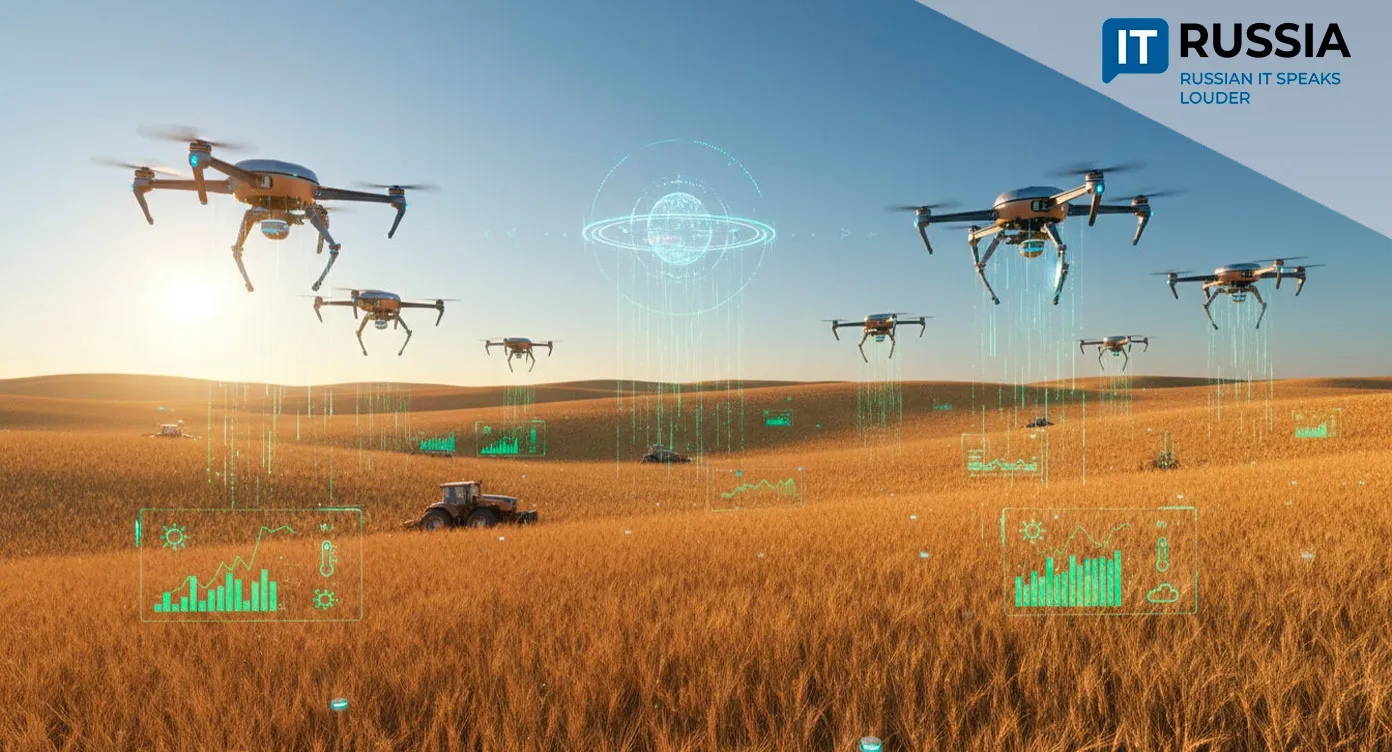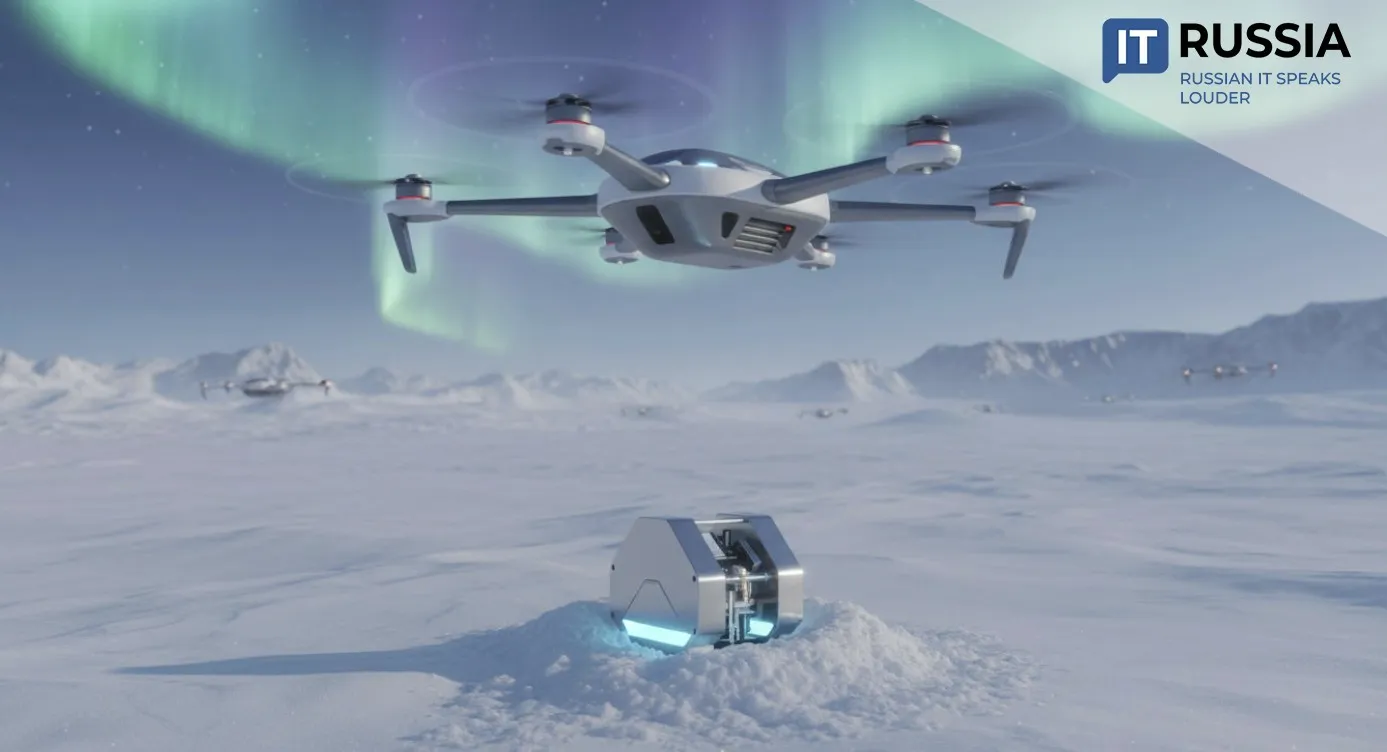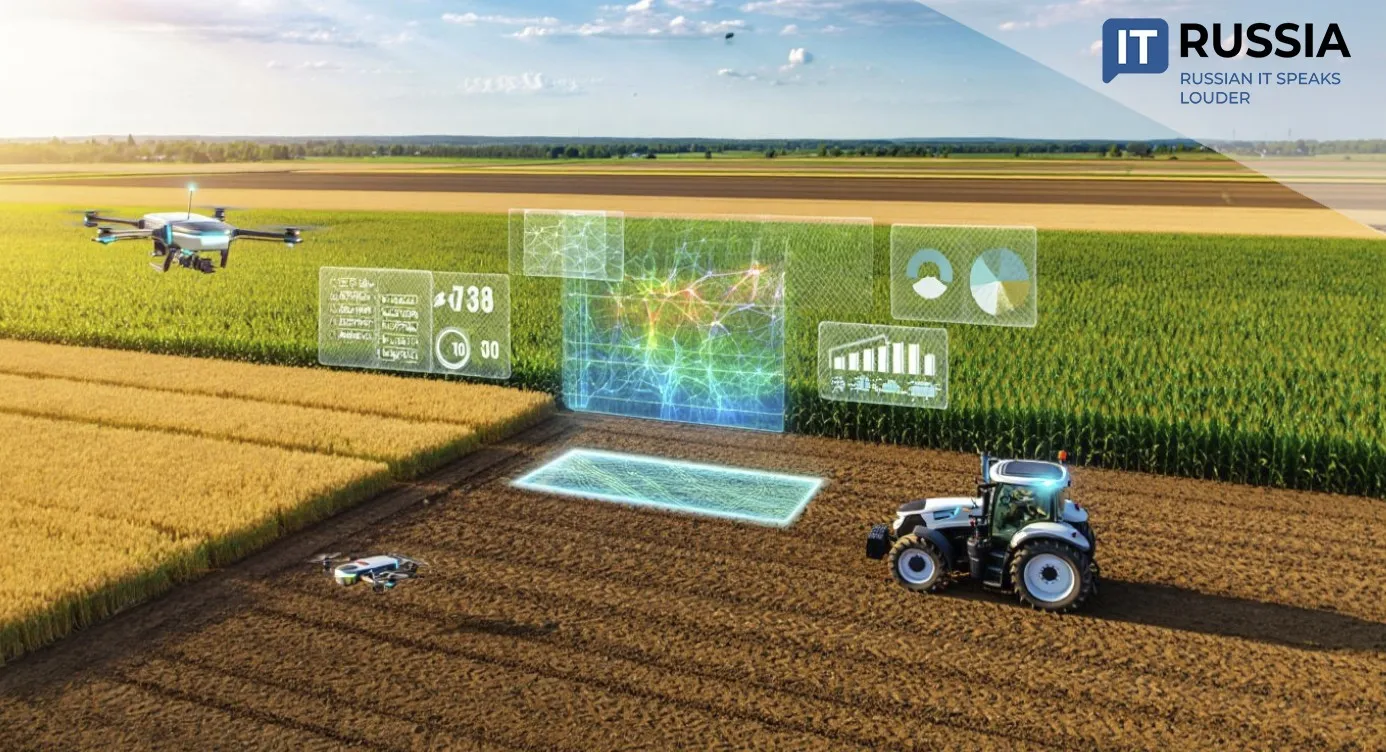Drones Take Flight Over Yakutia
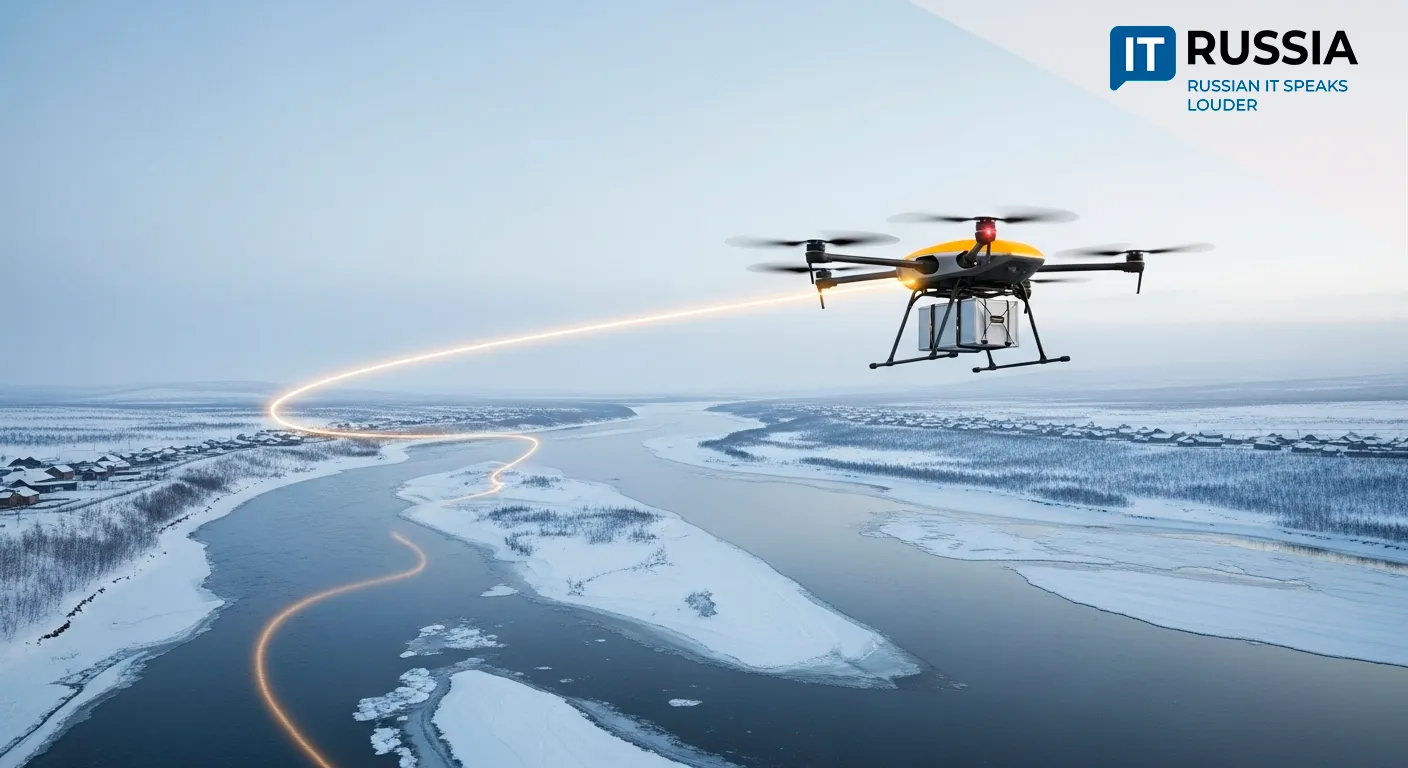
A pioneering drone delivery service launched in Yakutia slashes delivery time across the Lena River from hours to just 15 minutes, redefining logistics in Arctic regions.
Breakthrough in Arctic Logistics
In the Far Eastern Federal District of
Russia, the capital of the Sakha Republic (Yakutia) saw the launch of the
nation’s first regular commercial drone delivery service. The route connects
Yakutsk with the settlement of Nizhny Bestyakh across the wide Lena River—a formidable
obstacle for ground transport during thaw and freeze cycles. The drones carry
payloads of up to 10 kilograms, completing deliveries in just 15 minutes.
Residents can request services via a local online marketplace, ensuring
accessibility for the general public. This initiative represents a major leap
in logistics efficiency and a demonstration of Yakutia’s regional technological
leadership. At the federal level, the project is a milestone in civilian drone
infrastructure, proving the robustness of Russian IT solutions in extreme
climates.
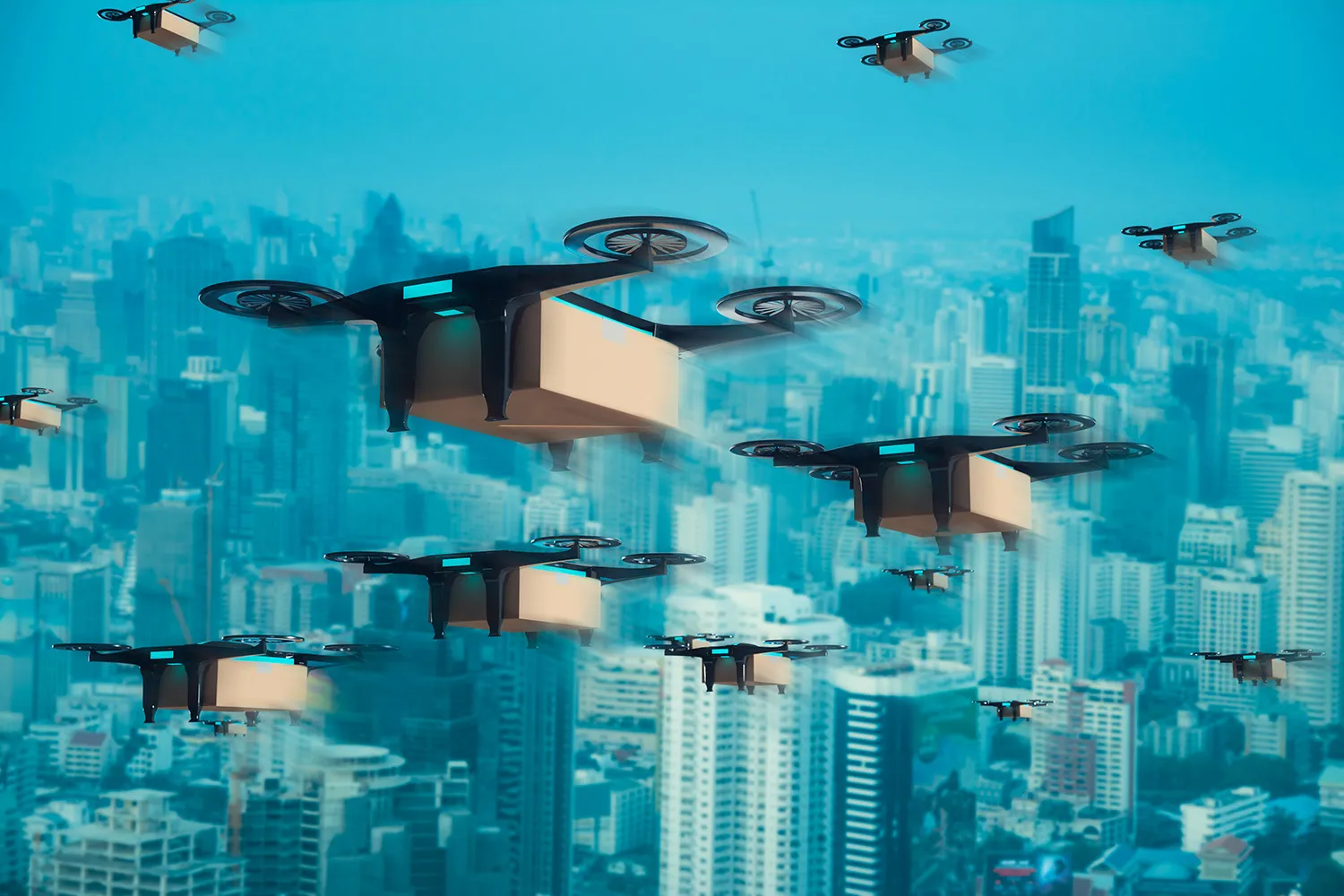
Path to Success
The path to commercial operation began with
pilot tests in 2024. In October, 46 flights were completed in the Gorny
District of Yakutia, transporting 150 kilograms of cargo including medicines,
food, and spare parts. The tests confirmed both technical feasibility and
economic viability. Meanwhile, in Nizhny Novgorod, the company Samokat tested
grocery drone deliveries, and in May 2025, Russia’s first droneport was
established in Sakhalin. This facility laid the groundwork for a national
droneport network essential for scaling drone logistics.
Global players like
Amazon Prime Air and Wing are advancing similar models, but Russian drones are
purpose-built for extreme conditions, offering unique resilience and
adaptability.
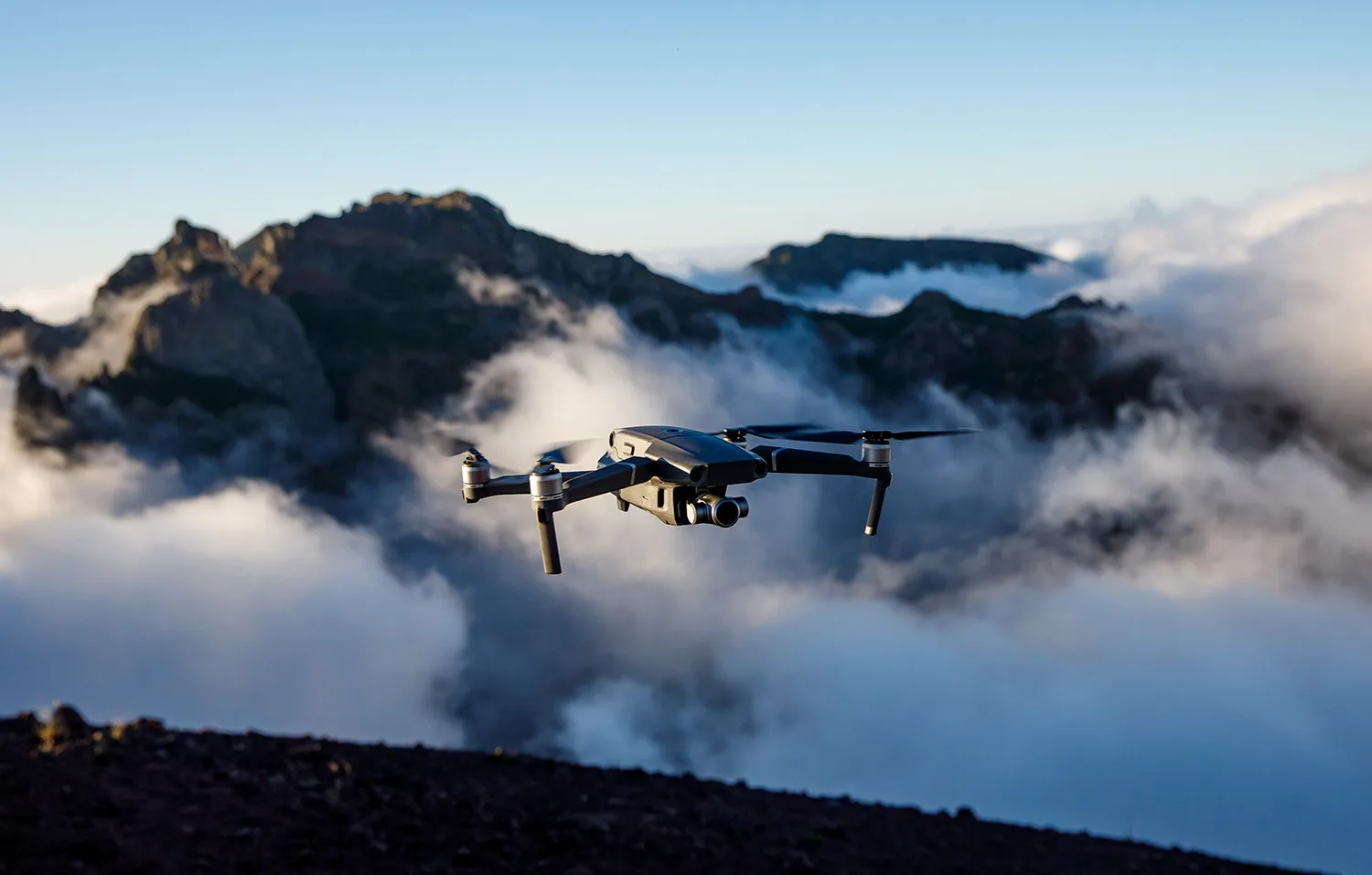
Scaling the Skies
The Yakutia launch opens wide horizons for domestic expansion and international tech export. Russian UAV developers now have a gateway to markets in the CIS and Asia-Pacific. Future applications include agricultural monitoring, forest management, and medical logistics. Drones could routinely deliver medicine to rural clinics, transport lab samples, or dispatch critical spare parts. Russia’s UAVs, tested in −40°C temperatures and harsh weather, outperform many Western counterparts designed for milder climates.
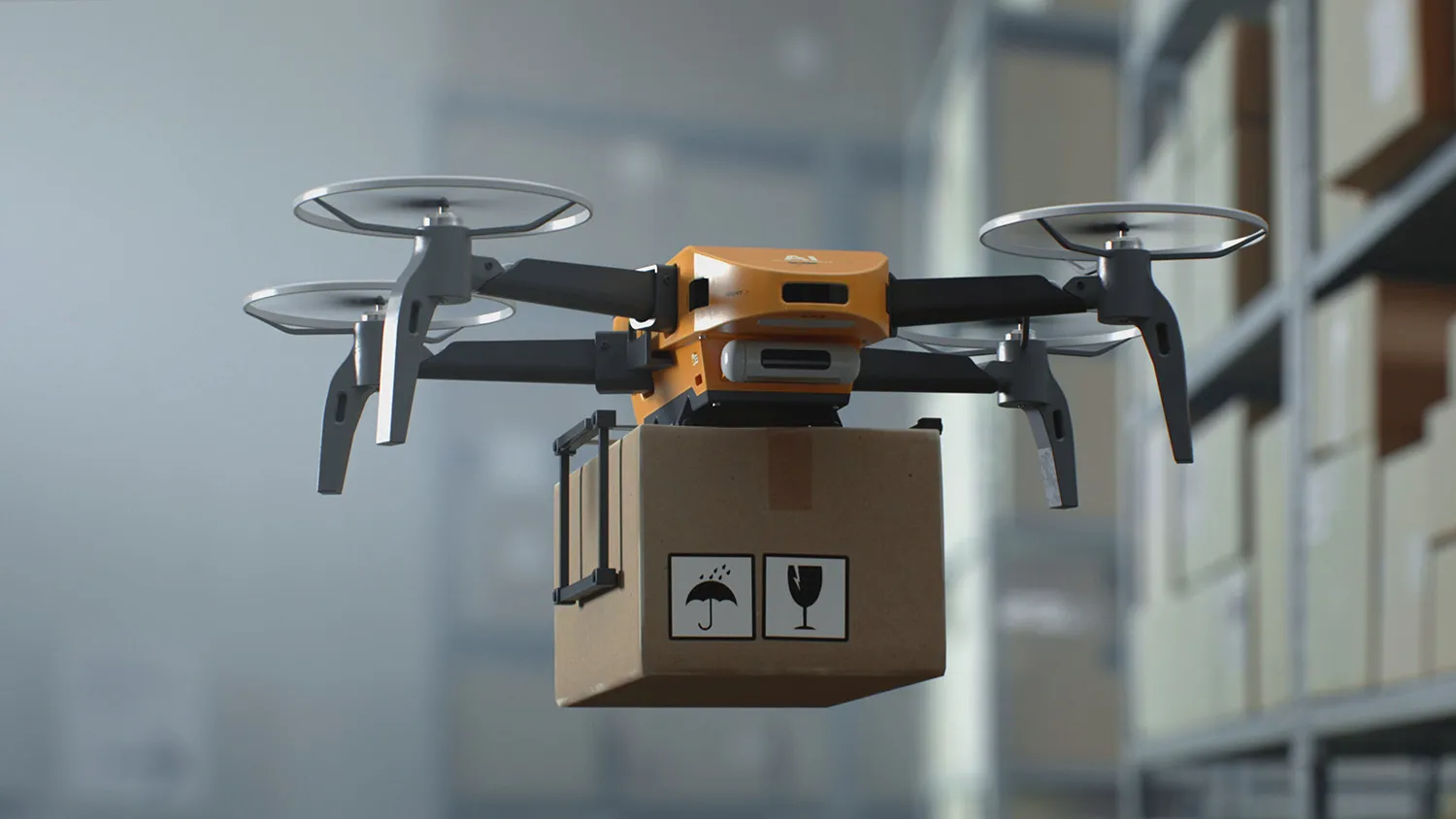
Forecast and Strategic Vision
Yakutia’s regular drone flights mark a milestone in Russian logistics. Immediate plans (2025–2026) aim to extend service to other hard-to-reach settlements. Building regional droneport networks and refining flight control systems are key next steps. By 2027–2029, Russia envisions integrating drones into the national transportation grid, defining industry-wide standards, and strengthening global partnerships. Beyond 2030, Russia is poised to lead in drone logistics for extreme environments, leveraging its tech for global export. Current limitations—10 kg payloads, airspace regulation, navigation reliability—are solvable with continued innovation. Early success in Yakutia offers proof of concept and promise for scaling nationwide.






